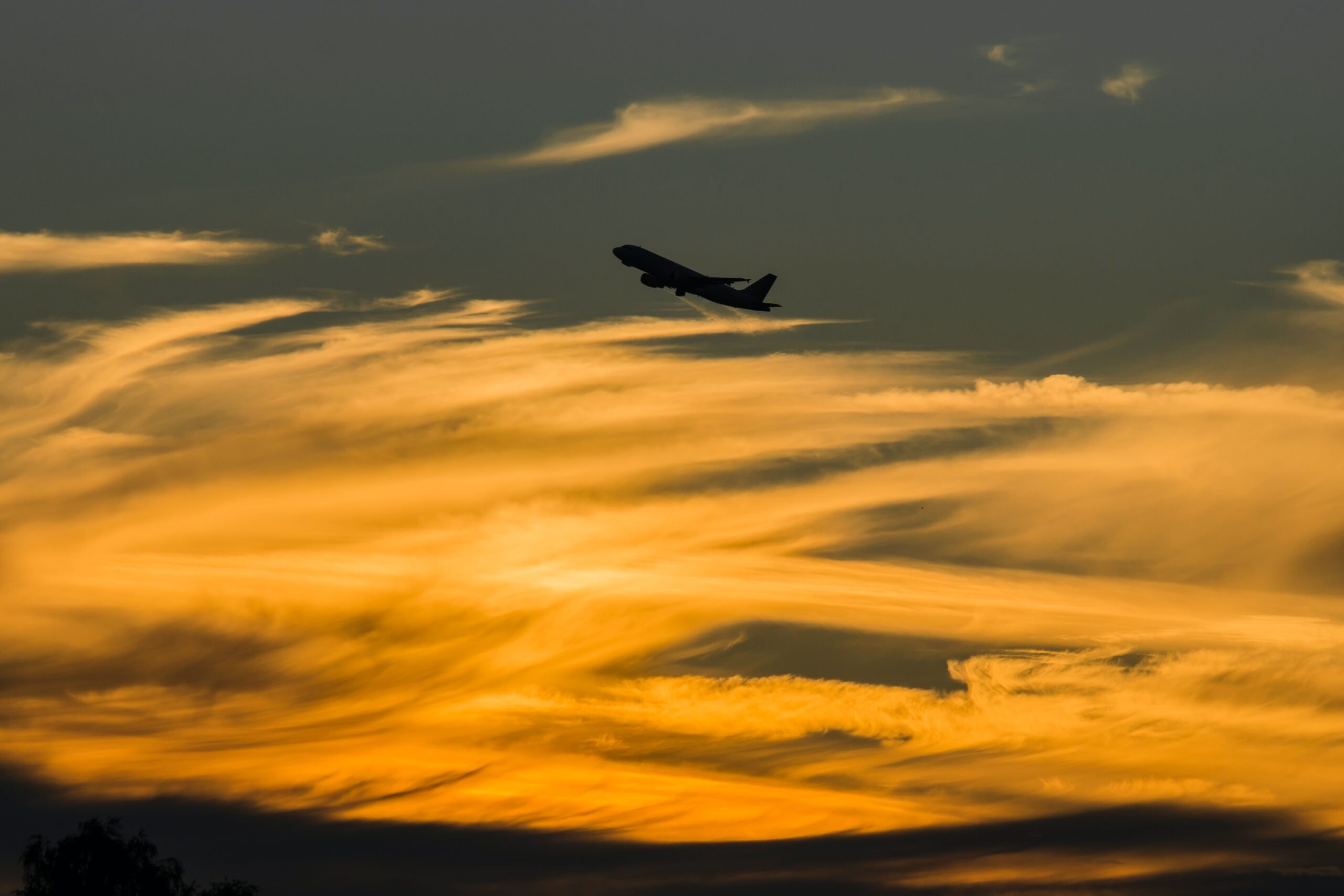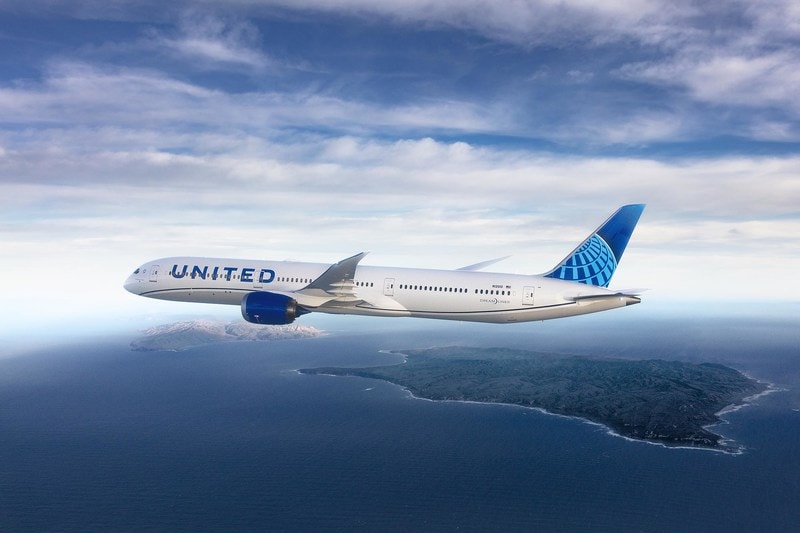Avoiding Russian Airspace: The Costly Consequences for Airlines and Passengers
U.S. Airlines lobby for same restrictions to apply to foreign carriers to avoid unfair Advantage over Russian airspace
by Lark Gould
May 2, 2023

Photo: Amsterdam Schiphol. Courtesy of Ramon Kagie / Unsplash
The global sky map just got a bit more complicated. As Russia attacked Ukraine in February last year, Russian President Vladimir Putin immediately forbade flights from the United States and other countries that support Ukraine, including Canada and much of Europe, from flying over their airspace.
At least 21 airlines have had to avoid navigating across Russian airspace, mainly due to reciprocal prohibitions imposed by Russian authorities on their aircraft or to prevent a deadly accident, as the world saw in 2014. That has meant that airlines are either rerouting flights around Russia, lengthening and increasing the distances of these trips, or altogether canceling needed flights—a move that particularly impacts routes between Europe and Asia.

Photo: Courtesy of United Airlines
Most airlines operating between Europe and Asia have changed their routes to fly further south to avoid Russian airspace. Flights now travel south to cross via Turkey, Central Asia, China, and Mongolia, as opposed to traveling east through Russia and then south to destinations in Japan, South Korea, China, and elsewhere in Southeast Asia.
This adds at least an hour to the flight time while traveling east. And flights can now take up to three hours longer to manage the route way back. In many cases, it also poses operational, fuel portage, landing, safety, regulation, and staffing issues that, although once carefully planned, are now thrown out of whack.
From North America to Asia, West Coast flight pathways to Asia take the shortest route possible by tracing an arc via the Arctic and, before the airspace restrictions, through eastern Russia. This avoids flying directly across the Pacific Ocean.
Cost of Avoiding Russian Airspace
The extra fuel burned due to this lengthening process has been punishing for airlines. Bloomberg news monitors in February reported International Energy Agency (IEA) forecasts that showed global jet fuel demand rising this year to an annual average of nearly 7.2 million barrels a day, compared to 6.1 million in 2022 and a low point of 4.7 million in 2020.
Jet fuel consumption set a record high of 7.9 million in 2019. Jet fuel prices reportedly saw 12-year highs in January, and fares from the U.S. to Asia have risen along with them.

Photo: Courtesy of Pandu Agus Wismoyo / Unsplash
No matter what, avoiding Russian airspace makes sense for Western countries not aligned with Russia and not supporting their aggression in Ukraine. Memory is still fresh for the airline disaster that defined the first Russian attacks in Ukraine in 2014. That chaos brought the downing of Malaysia Airlines Flight 17 in July 2014, a tragedy that shocked the world and took the conflict in Ukraine to the top of international headlines.
The aircraft was shot down by a surface-to-air missile over eastern Ukraine, killing all 298 passengers and crew on board. The incident led to widespread fear and uncertainty among travelers, which affected the airline industry worldwide.
Unfair Advantage
The embargo on Russian airspace for flights to and from the United States does not apply to all airlines. Rather, it only pertains to North American carriers and international flights with North American codeshare agreements. As a result, airlines from various countries, such as China, India, Qatar, Saudi Arabia, the United Arab Emirates, and others, are still permitted to fly to the United States via Russian airspace.

Photo: Boeing 777-300ER. Courtesy of Emirates.
In order to level the playing field for North American carriers, efforts are being made to prevent these flights from using different routes. These airlines are lobbying for the exclusion of their competitors from Russian airspace. Without such a restriction, U.S. airlines would be placed at an unfair disadvantage with regard to pricing, efficiency, and passenger demand.
The industry group Airlines for America estimates that U.S. carriers lose around $2 billion annually in market share due to the prohibition, noting that several previously planned routes have been delayed due to this ban.
U.S. airlines are now urging the White House and Congress to address the issue by imposing the same limitations on foreign airlines from countries that aren’t already barred from flying across Russian airspace as those that apply to American airlines, thereby forcing them to fly the same routes as their American rivals.

Photo: China Eastern, Boeing 777-300ER. Courtesy of John McArthur / Unsplash
According to some insider reports, the Transportation Department recently drafted an order that would prohibit Chinese carriers that bring passengers to the United States from flying across Russian airspace.
“When foreign airlines overfly Russian territory, even if they do not expect to land on Russian soil, they run the risk of unplanned diversions in Russia for safety, medical, mechanical or more nefarious reasons,” wrote Senator Bob Menendez, Democrat of New Jersey, the panel’s chairman, and Senator Jim Risch of Idaho, its senior Republican, according to a New York Times report in mid-March.
Access to Russian airspace may not be the most urgent concern when American travelers are already frustrated with basic issues like cramped seats, canceled flights, and an avalanche of service costs. Nevertheless, on any given day, depending on winds, aviation traffic, and other variables, avoiding Russian airspace may result in less than an hour of additional flight time on a 14-hour voyage. It can, however, also mean longer than two hours.

Photo: Courtesy of Annie Williams / Unsplash
And the price disparity is noticeable. For example, according to a recent Travelocity check, an outward leg of a round-trip flight in April on Air India from New York’s Kennedy Airport to New Delhi’s Indira Gandhi Airport cost nearly $1,500. It was expected to take 13 hours and 40 minutes. The most comparable flight on a U.S. airline costs $1,740 and would take approximately 14 hours and 55 minutes to complete.




